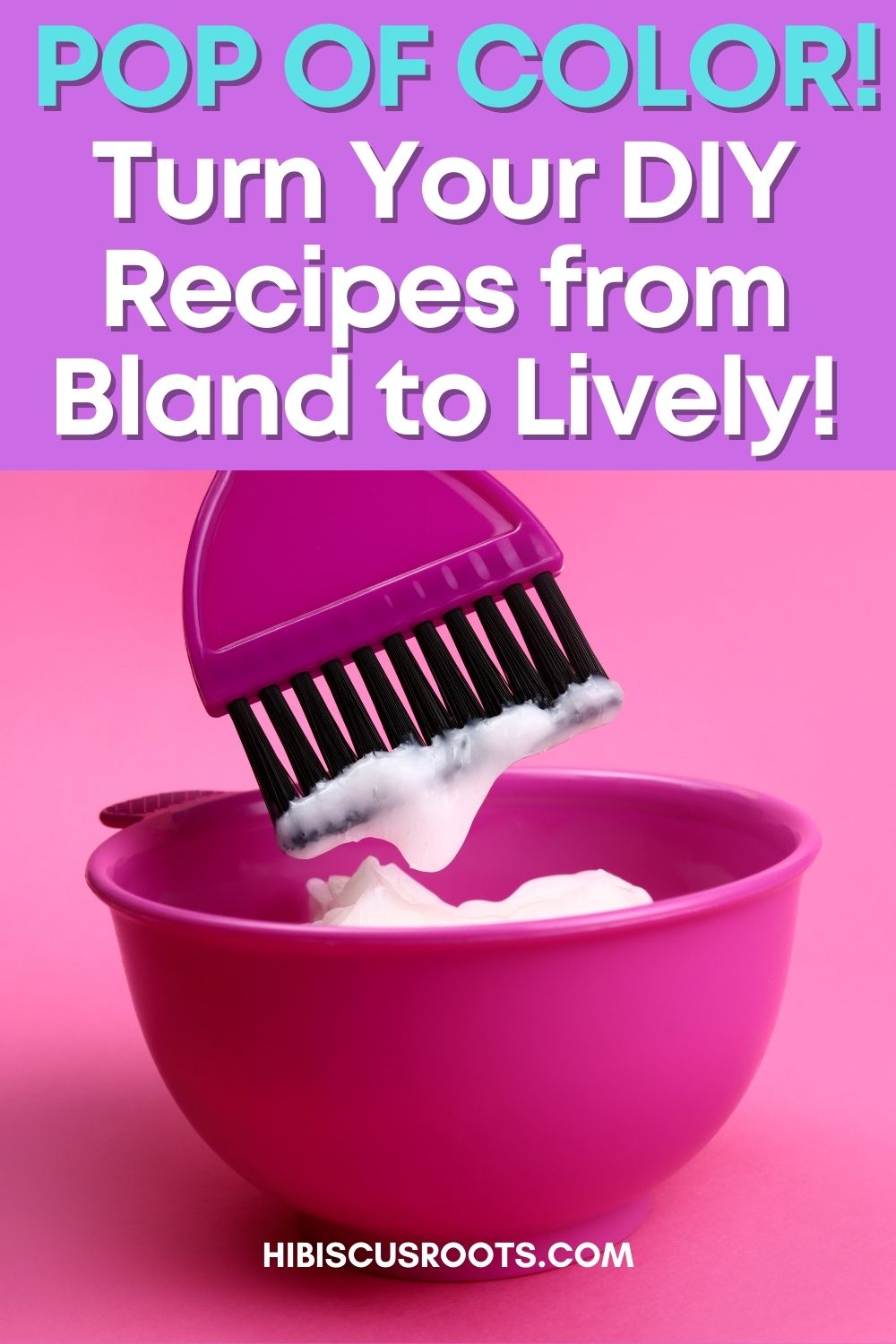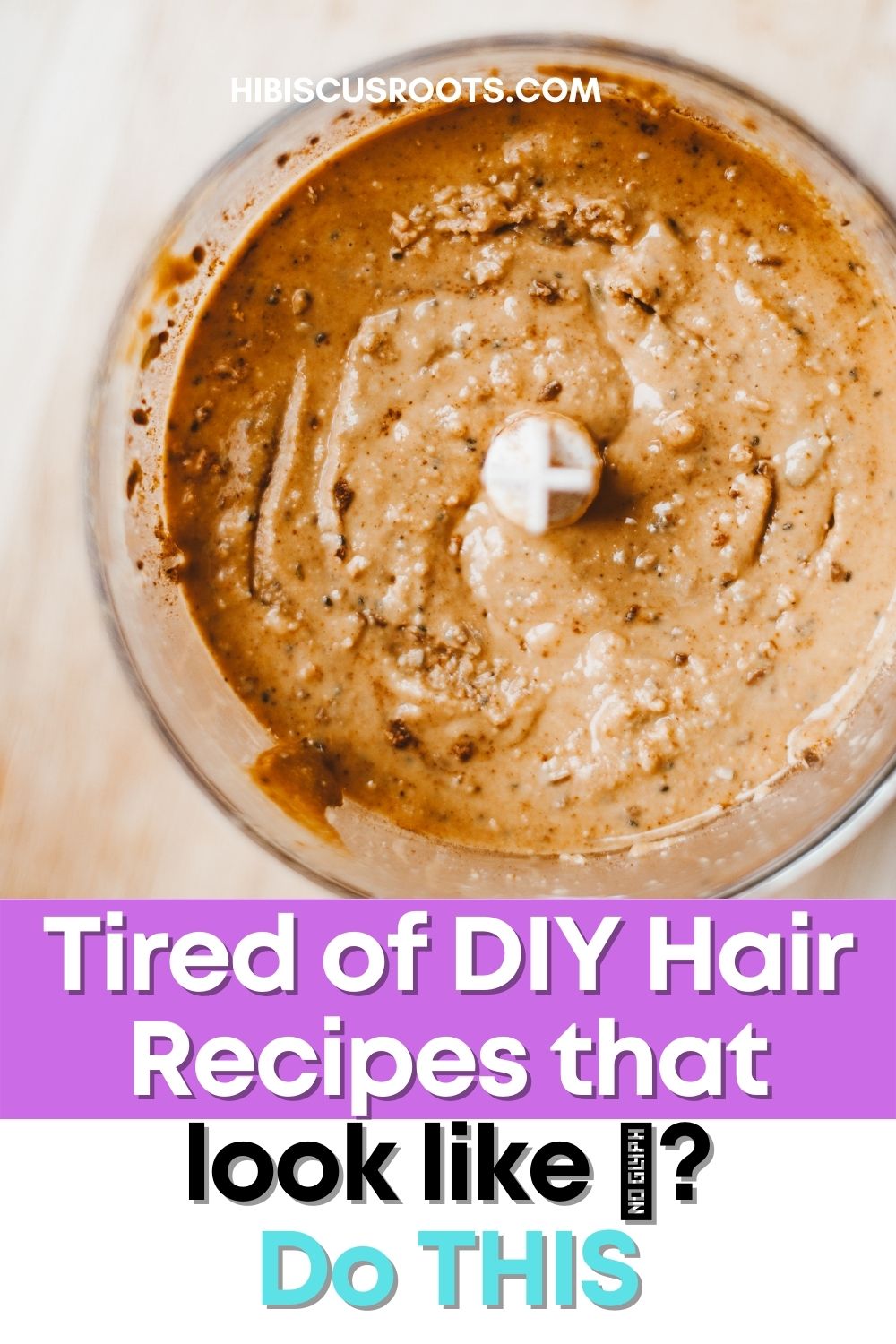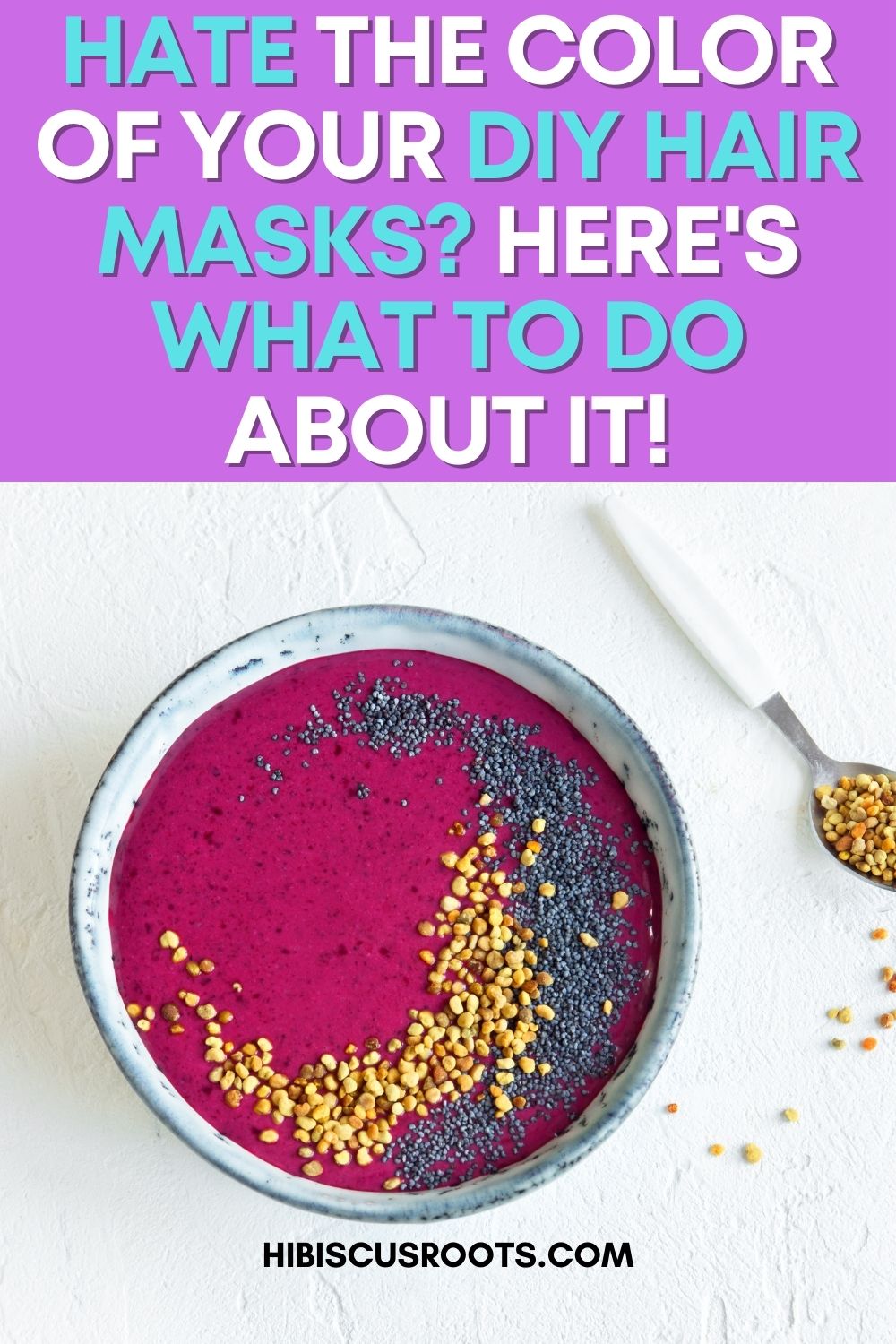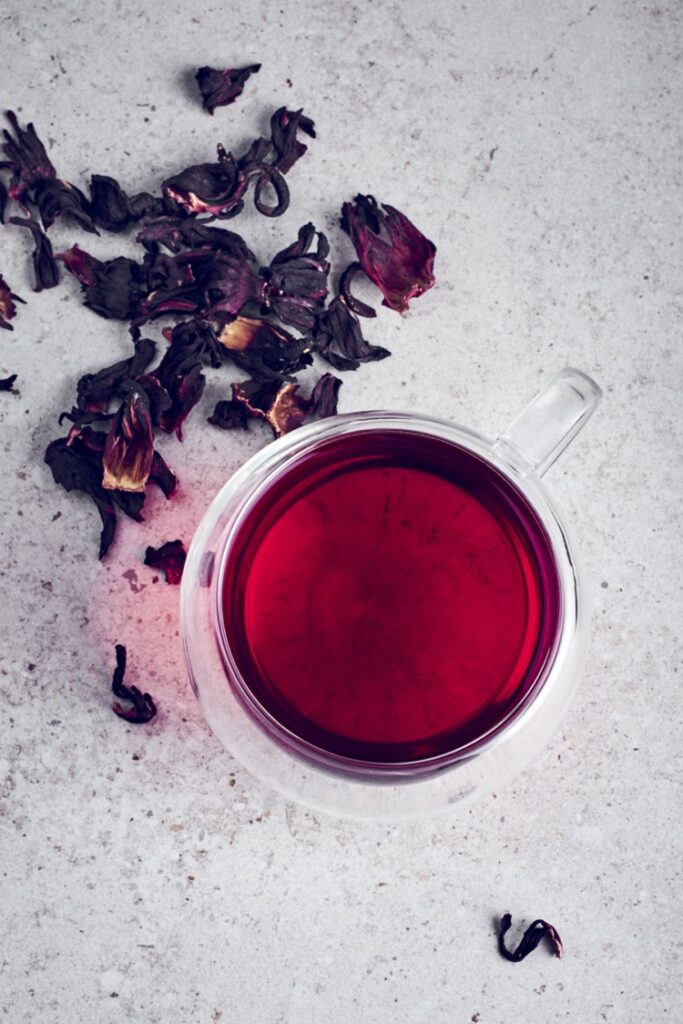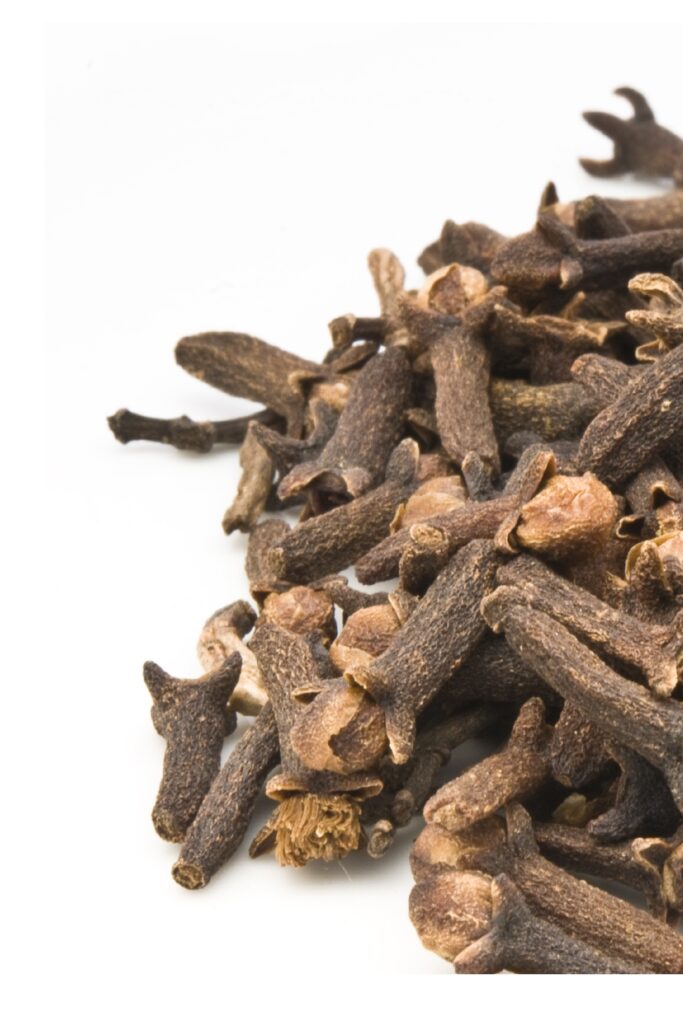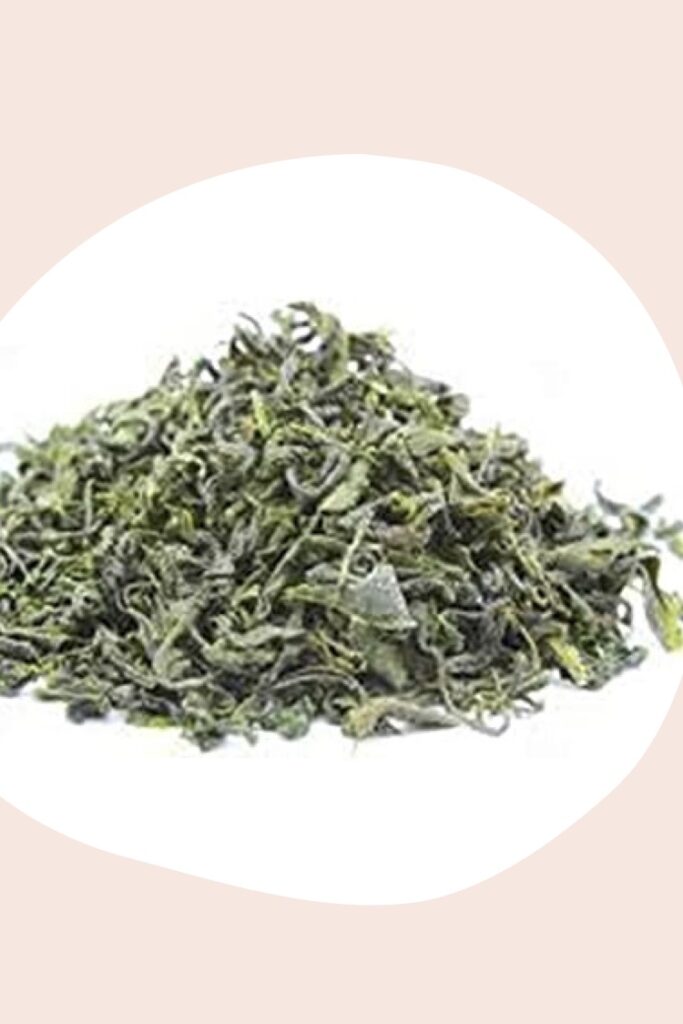Updated: January 15, 2023
Are you getting bored with the color of your natural hair care DIY recipes? Do you want to add some life and a few new benefits to your creations?
In this article, we’re going to explore different plant powders that you can add to your DIY recipes to bring back excitement to your 4c natural hair care regimen!
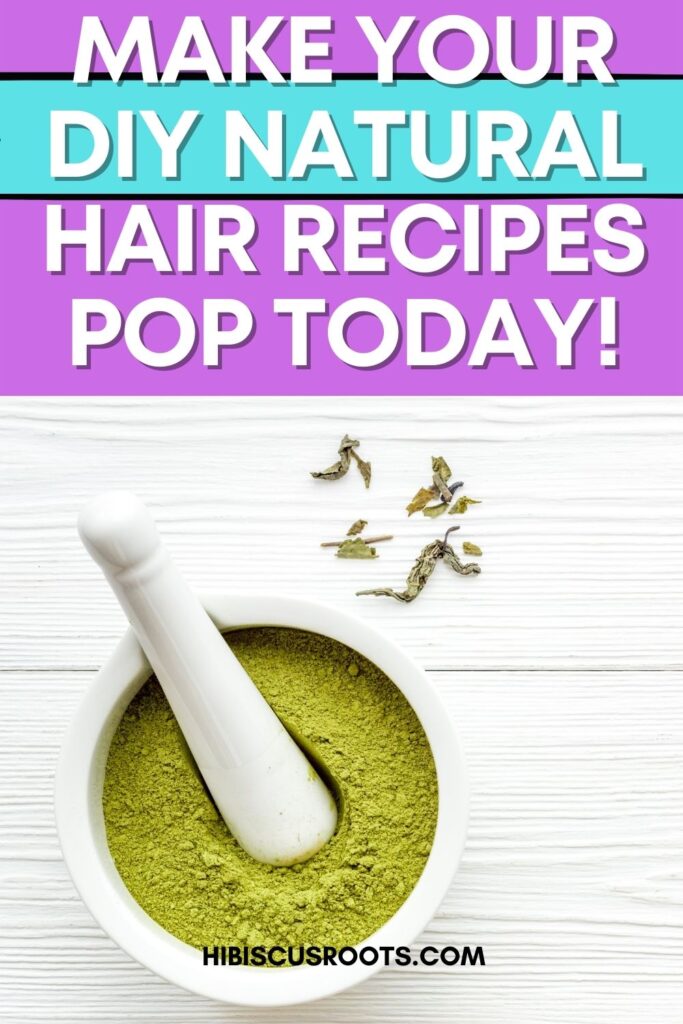
Why Should You Add Color to DIY Natural Hair Recipes?
Adding color to your DIY recipes can give them a little bit of depth, and make your natural hair products feel more personal.
Find a color that means something to you! It could be a favorite color or a color that evokes an emotion or feeling you would like more in your life.
According to some tenets of Color Psychology, colors can be calming, inspire joy or even help enhance certain behaviors!
Be intentional about what you need from your DIYs since hair care is self-care!
Below, you’ll find some of my favorite colors to use and the plant powders that give them their hue.
Plant-Based Colors to Add to Your Recipes
1. Blue Spirulina for a Burst of Blue
Color therapy is the idea that colors can help treat certain physical or emotional issues.
Blue can be extremely relaxing as it can remind you of a clear sky or the sea. To get the best concentration of blue, try using blue spirulina.
Blue spirulina is a microalga that is dried and ground into a bright blue powder. When used on the scalp, it can protect against free radicals and encourage hair growth.
Its high concentration of zinc, iron, and various other minerals can also improve circulation to your scalp. Sounds great right?
However, Buyer Beware!
This powder smells like a fish tank! You may want to use some essential oils to hide the smell if you leave it in your hair, or simply use it in a hair mask that you can wash out.
If you have some time, try making Yaya’s DIY blue spirulina mask for your natural hair
2. Hibiscus for a tinge of Pink
The color pink is associated with energy and femininity. So, I often use pink in my morning body butter, to inspire a little more joy in my morning.
Since I’m not a morning person, this is absolutely necessary! I also use this color for my leave-in gels or teas to bring a bright fun energy to my wash-n-gos. So definitely play with hibiscus powder to get a great shade of pink.
Hibiscus powder is derived from the leaves of the hibiscus plant. It is loaded with keratin and amino acids that help to increase smoothness and stimulate hair growth.
Hibiscus is also a natural ph balancer that stops premature greying. If you boil the leaves in some distilled water you can create mucilage that can add slip to your DIY natural hair product. It has a bit of a sweet smell to it, so feel free to add other floral essential oils to boost its aromatherapy benefits.
For more information on Hibiscus, you can check out our full-length article on its benefits for healthy hair!
Dev’s Slippery Hibiscus Leave-In Gel Recipe
To make my personal leave-in gel, which acts as the L in my LOC, follow these steps:
- Fill a pot with 16oz of distilled water and bring it to a boil.
- Once it begins to boil, pour in some marshmallow root, slippery elm, and a bit of Herbal Roots’ Hair oil mix (or Chamomile tea).
- Let it boil for about 5 to 7 minutes.
- Turn off the burner, then allow the mixture to cool.
- Let it sit for an hour or two to let the mucilage form from the marshmallow root.
- Once cooled, pour the tea through a sieve into a large glass or plastic bowl.
- Squeeze the herbs well to get as much mucilage out as possible.
- Add in a little Irish sea moss and hibiscus powder to add more slip, and curl definition to your mix.
(If you like, you can stop here. Pour this tea into a spray bottle and you’re done. Only use step 9 if you like a little more hold.) - If you would like more hold and prefer more of a gel consistency, blend in about a teaspoon of xanthan gum into your mix. This should result in a pink or red gel you can use every wash day.
Only put enough for one or two uses in an applicator bottle, store it in the fridge and be sure to use it up within two weeks. Freeze the rest in ice cube trays.
3. Moringa Powder or Henna for a Gorgeous Green
Green reminds me of nature. A garden, a blade of grass, or a forest comes to mind. It is extremely calming and is often associated with hope, serenity, and wisdom. Because of this, it is my favorite color to use in my chebe butter recipe.
When mixed with rosemary and tea tree essential oils, it smells like a garden right after rainfall. It’s earthy, it’s grounding, and it just feels solid!
To get this color you can use either henna or moringa powder.
Henna
If you read this article on Henna and hair growth, you know that henna comes from the henna tree. Its leaves are dried and ground and made into a fine light green powder.
When used in masks or hair oils, the henna balances ph levels in your scalp and boosts hair growth and length retention. Henna acts like a protein treatment in that it fills in the gaps in the cuticle and leaves the user with stronger hair.
This is part of the reason why I stopped using henna in my chebe butter. Over time, the henna-provided protective layer made my hair very brittle. I was protein sensitive and didn’t know! Well, until my hair started breaking off… If your 4c hair is in dire need of protein, consider this an option.
However, if you are protein sensitive like me, try something less potent or add more moisturizing ingredients to your butter.
Henna is also considered a natural hair dye. So, if you plan to use this in a butter or oil, you may experience a slight color change over time. Especially if you are using it on blond or brown hair: you can expect an orange or auburn tint in about 6 months.
Moringa
If you are protein sensitive like me, you may want to try Moringa powder. Light green and light on scent, moringa will mix well with other ingredients. It is rich in amino acids and keratin, making it a less powerful strengthening treatment than henna.
My years using moringa powder have left me with strong yet soft hair. It completely repaired my split ends, ravaged from semi-annual bleaching. It never left a long-term cast or color deposit in my hair. Also, it doesn’t have a strong smell, so it blends very well with other ingredients. It has been a mainstay in my 4c natural hair care regimen for the past 3 years.
Check out this video from Yaya’s Creations on how to make moringa butter:
In Conclusion: GO CRAZY!
When creating your DIY natural hair products, feel free to use as much colorful powder as you like.
The more you use, the deeper the color you’ll obtain. Try to add the powder after you have finished using heat. This is because sometimes the heat can impact the intensity and the benefits of each powder.
You should also note that the natural color of the butter, oil, or tea base you use can affect the final color of the DIY hair recipes.
For example, if you use yellow shea butter, your blues and pinks will look a little more green or orange.
Remember that these options are just a few to get you started! Do a little research and test the benefits of the powder by mixing them into your usual conditioner.
If you like the results, pick your favorite and get creative! This is your hair, your experience!
Thanks for reading!
Have you tried any of these powders? Did they work for you? Be sure to let us know below!
Read Next: 5 DIY Hair Mask Recipes for Extremely Dry Natural Hair!
